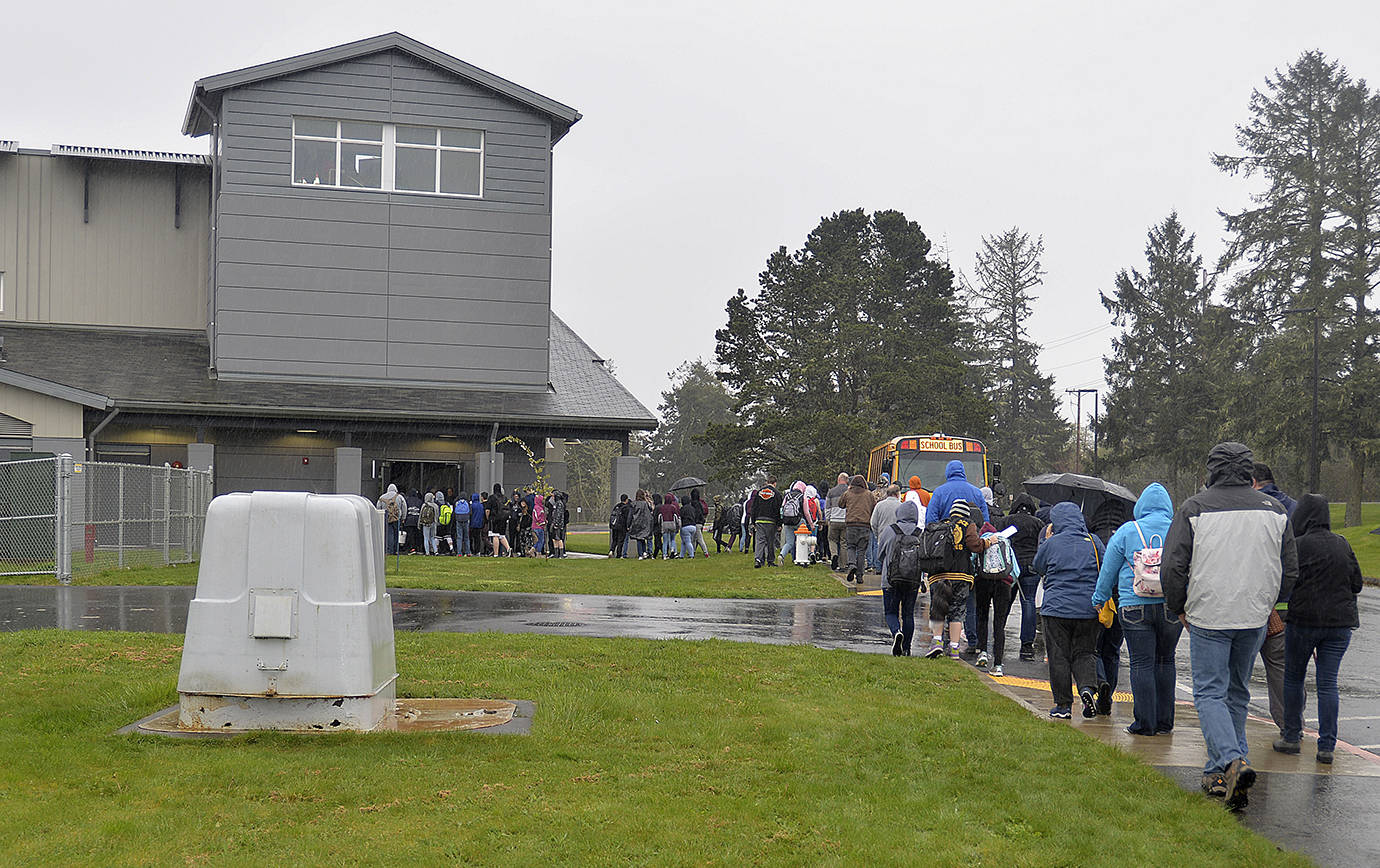The research and experiences of three Japanese disaster recovery experts from Japan will be the topic at a tsunami planning presentation Monday, at 6 p.m. at the Ocosta Elementary School.
“I believe this is the first time any disaster recovery planners from Japan have visited the coast of Washington to share information about the 2011 earthquake and tsunami that struck their country,” said University of Washington researcher Prof. Daniel B. Abramson, who is hosting the visit.
These experts from Tokyo Metropolitan University and Tohoku University in Sendai will share what they learned about pre-disaster planning and post-disaster recovery after the Great East Japan Earthquake — also known as the Tohoku earthquake — of 2011. That event featured a magnitude 9.0-plus earthquake 80 miles off the east coast of Japan near Sendai, which shook for 6 minutes and produced a tsunami that reached heights of more than 130 feet, killing nearly 20,000 people.
The experiences of the visiting researchers can add perspective to planning efforts along the Washington coast. Abramson said that research in this country for tsunami vertical evacuation structures like the one at Ocosta School in Westport predates the Tohoku event of 2011.
“But in 2011 when you actually could see what happened in Japan we learned a lot, not just scientifically but also emotionally about what might happen” in a Cascadia Subduction Zone event off of Washington’s coast, which could be similar in scale to the 2011 Japan quake, and similar to what did happen here as a result of a quake in 1700. “In a very general sense, what happened in Japan is as similar to what may happen here as any other recent event in the world,” said Abramson.
With lessons learned from disasters in Japan and Chile, the University of Washington M9 — which stands for magnitude-9 — team has been making strides toward understanding how to plan and design for, and recover from, a major tsunami event.
“We have a lot of scientists, including geologists, seismologists, tsunami modelers, planners, public policy and engineering experts all updating our understanding of what may happen, attaching probabilities to it and also trying to use that information in planning,” said Abramson. “It’s tricky, it’s all a moving target, so we need to plan with uncertainty while also taking action.”
Speakers at the Sept. 24 presentation include professors Taro Ichiko of Tokyo Metropolitan University and Kanako Iuchi, and Elizabeth Maly of Tohoku University. Ichiko worked as a professional planner in a small community after the tsunami. All three will share their knowledge about the situation faced by coastal communities in Tohoku, the part of Japan that was hit most directly by the 2011 tsunami.
Maly, an American citizen, is very familiar with Washington State.
“She is a graduate of UW, studied architecture here, then received her PhD at Kobe University in Japan and is now on the faculty of Tohoku University,” said Abramson, who described her work as “very international. She worked on housing design for recovery from Hurricane Katrina, and since then has researched community recovery after the Central Java Earthquake and Mount Merapi volcano eruptions in Indonesia as well as Typhoon Yolanda in the Philippines.”
This is the first of a series of “coastal resilience” activities supported by a partnership between the City of Westport and the University of Washington, said UW research coordinator Kiana Ballo, herself a Westport native. The forum will begin with brief presentations and end with a question and answer period.
“Our project with Westport will continue this autumn quarter and beyond this presentation, and culminate in a community workshop in November,” said Abramson. “Our UW team will be in Westport working with the tsunami safety committee to hold a series of public engagements to enable community members to participate actively” in the city’s disaster planning efforts.
The date and nature of the workshop is still tentative, perhaps featuring one or more separate activities during the weekend of Nov. 16-18.
“The goal is to help the community imagine how to develop positively with this hazard in mind now, but also in ways that could be beneficial even if the event didn’t happen for many years into the future,” said Abramson.
Details of the event can be found at facebook.com/events/415454365655070/.
The Ocosta school is located at 2580 Montesano St. S. in Westport.


